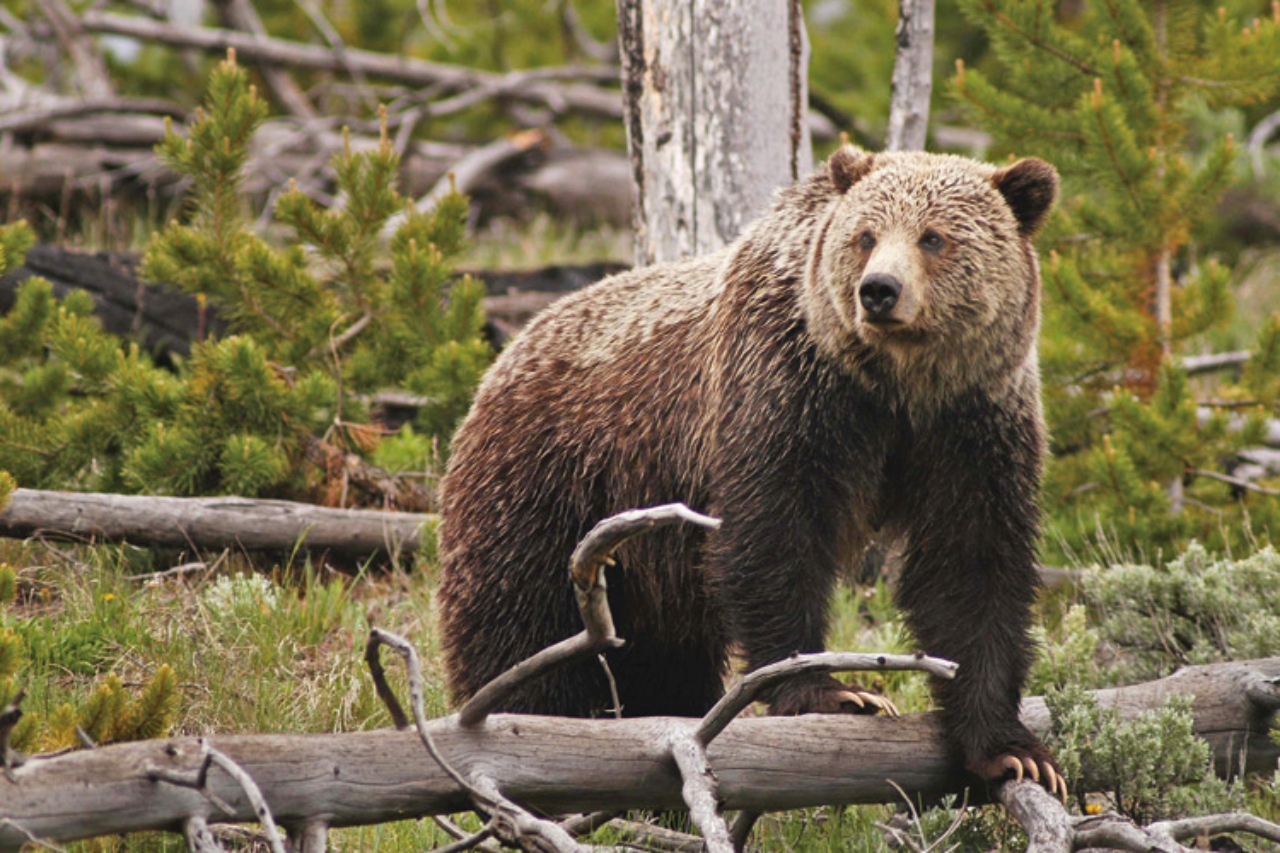The National Parks Service (NPS) and U.S. Fish & Wildlife are weighing a plan to bring grizzly bears back to Washington’s North Cascades for the first time in nearly three decades.
Here’s Why
The National Park Service and U.S. Fish & Wildlife Service on Thursday published three options for the public to consider, with a goal of restoring a population of about 200 bears over the next century.
Both departments are looking for the public’s feedback on an environment impact statement (EIS) that lays out options for bringing grizzlies back to the area.
Although grizzly bears haven’t been seen there since 1996, they had lived in the North Cascades for thousands of years prior to that.
The NPS said they were “an essential part of the ecosystem, distributing seeds and keeping other wildlife populations in balance.”
Their population was tragically thinned in the 20th century, though, when they were almost hunted to extinction in the area.
“The National Parks Service and Fish and Wildlife Service should end this process immediately by rescinding the draft EIS and proposed 10(j) rule. The introduction of grizzlies into the North Cascades would be devastating for our North Central Washington communities,” said Congressional Western Caucus Chairman Dan Newhouse, R-Wash.
“Time and again, our communities have spoken to express staunch opposition to the introduction of these apex predators, which would be detrimental to our families, wildlife and livestock alike,” he added. “I’m beyond disappointed that the Biden administration is ignoring our concerns by moving forward with the introduction while putting on the façade of seeking more public input after their decision has clearly been made.”
Under the plan Friday, NPS, and FWS would release up to seven grizzly bears annually into the North Cascades ecosystem over the next five to 10 years. The administration would aim to establish a grizzly bear population of roughly 200 bears in the coming decades.
Grizzly bears roamed the North Cascades for thousands of years before humans hunted them to near-extinction. The bears were a critical part of the ecosystem, turning soil as they dug for roots, eating berries, distributing the seeds in their scat, and keeping small animal populations in check.
The Fish & Wildlife Service is separately inviting the public’s input on this option, and what management strategies for grizzly bears might look like, if the option were selected.
The public is invited to submit comments on the proposals through Nov. 13.
The draft plan can be found at the National Park Service website under the 2022 North Cascades Ecosystem Grizzly Bear Restoration Plan/Environmental Impact Statement. Comments can also be submitted to: Office of the Superintendent, Grizzly Restoration EIS, 810 Highway 20, Sedro-Woolley, WA 98284.
Get the news you need at It’s On News.


